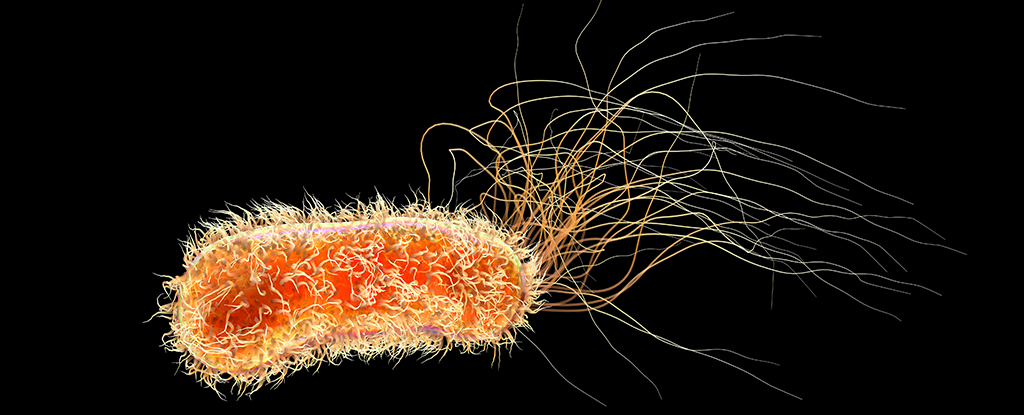The common gram-negative bacteria Pseudomonas aeruginosa is a true comic book villain among microbes.
Capable of breaching our defenses and infiltrating even the most sterile of spaces, this cunning killer deserves a place on the World Health Organization’s list of priority 1 pathogens.
Most of us encounter the microbe in our daily environment and come away completely unscathed. However, under the right circumstances, it easily exploits the tiniest gaps in our defenses, exploding into a runaway infection.
How such a ubiquitous microorganism became such an opportunistic threat is a mystery, so an international team of researchers took a closer look at the species’ evolutionary history.
Led by scientists from the University of Cambridge, the group developed a genetic tree of 596 closely related strains, based on 9,829 bacterial samples from various human, animal and environmental sources around the world. Some samples even date back to 1900.
Among them, they found just 21 strains that were responsible for the vast majority of infections. It is the rapid evolution of these bad eggs over the past two centuries that has given us such a dangerous infectious agent.
More than half a million people die each year as a direct result of a P. aeruginosa infection, which is particularly difficult to treat because of the bacteria’s well-stocked antibiotic resistance toolkit.
Can survive in jet fuel as well as in virtually pure water, P. aeruginosa’s adaptability seems to know no bounds. This uncanny ability makes it a particular problem in healthcare, where even the most hygienic practices are not enough to keep infections at bay.
Hospital patients with chronic lung diseases such as cystic fibrosis (CF) and bronchiectasis are extra sensitive.
In fact, the researchers found that several of the infectious strains of the bacteria have even developed a strong affinity for people with CF. A closer look revealed that these strains had developed targeted methods to exploit the compromised health of CF patients, allowing the microbes to avoid being destroyed by their host’s immune system.
After finding a new, safe space to survive within the immune cells tasked with removing it, P. aeruginosa Strains continued to evolve by exchanging resistance factors with each other, much like recipes at a family lunch.
This discovery illustrates the pathogen’s ability to use its survival skills to carve out new niches in extreme environments, giving it the space to quietly gather the resources it needs for a new evolutionary leap.
“From a clinical perspective, this study has provided important information about Pseudomonas“, says lead author Andres Floto, a respiratory biologist and director of the UK Cystic Fibrosis Innovation Hub at the University of Cambridge.
“The focus has always been on how easily this infection can spread among CF patients, but we have shown that the infection can also spread with alarming ease among other patients.”
Knowing how easily highly resistant forms of the pathogen can spread, more pressure is needed to develop highly efficient screening and isolation measures.
P. aeruginosa will probably never be an easy enemy to defeat. But knowing the microbe’s strengths is vital if we want to prevent it from evolving into an increasingly dangerous threat.
“Our research into Pseudomonas has taught us new things about the biology of cystic fibrosis and revealed important ways in which we can improve immunity against invading bacteria in this and potentially other conditions,” Floto said.
This research was published in Science.
